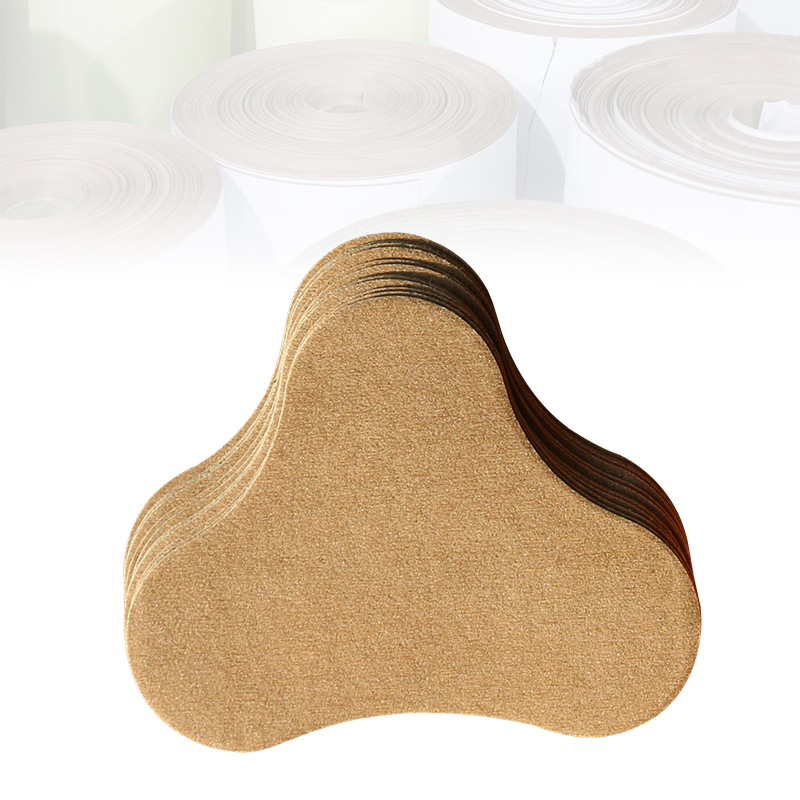How to Choose the Right OEM Partner for Cervical Vertebra Pain Relief Patches
Selecting the appropriate Original Equipment Manufacturer (OEM) for cervical vertebra pain relief patches is a crucial decision for any business in the healthcare and wellness industry. This decision can significantly impact your product's quality, brand reputation, and customer satisfaction. In this comprehensive guide, we will delve into the key considerations for choosing the right OEM partner. We will also address common questions related to this topic to provide you with a well-rounded understanding.

Understanding the Role of an OEM in Cervical Vertebra Pain Relief Patches Manufacturing
An OEM in the context of cervical vertebra pain relief patches is a manufacturer that produces these patches based on the specifications and branding requirements provided by another company. The importance of selecting the right OEM partner cannot be overstated, as they play a pivotal role in ensuring the efficacy, safety, and quality of the final product.
Key Considerations for Choosing an OEM Partner
Quality Standards and Certifications
- Look for manufacturers who adhere to international quality standards such as ISO 9001, ISO 13485, and GMP (Good Manufacturing Practices). These certifications ensure that the manufacturer maintains high standards in their production processes.
- Verify if the manufacturer has specific certifications related to medical devices, as this is crucial for the production of cervical vertebra pain relief patches.
Manufacturing Capabilities and Technology
- Assess the manufacturer’s technological capabilities, including their ability to produce patches with varying levels of medication, adhesive properties, and sizes.
- Ensure they have advanced machinery and a modern production facility capable of meeting your specific requirements.
Customization and Private Labeling Options
- A good OEM should offer customization options to tailor the patches according to your brand’s needs. This includes custom formulations, sizes, packaging, and branding.
- Check if they provide private labeling services, which allow you to market the product under your own brand name.
Experience and Expertise
- Evaluate the manufacturer’s experience in producing cervical vertebra pain relief patches specifically. Experience in this niche indicates a deeper understanding of the product and its market.
- Look for case studies or testimonials from other clients in the same industry to gauge their expertise and reliability.
Regulatory Compliance
- Ensure the manufacturer complies with the regulatory requirements of your target market. This includes FDA approval for the US market, CE marking for the European market, and other relevant certifications.
- Compliance with these regulations ensures that the product is safe, effective, and legally marketable in your target regions.
Supply Chain and Logistics
- Consider the manufacturer’s supply chain efficiency. Reliable suppliers of raw materials and robust logistics are essential for timely production and delivery.
- Check their capacity to scale production in response to increased demand, ensuring they can support your business growth.
Cost and Pricing Structure
- Compare pricing structures of different manufacturers to ensure you get competitive rates without compromising on quality.
- Understand the cost breakdown, including any hidden costs, to make an informed decision.
Customer Support and Communication
- Evaluate the level of customer support provided by the manufacturer. Efficient and responsive communication is vital for addressing any issues or changes in your order.
- Consider if they offer after-sales support and assistance with regulatory documentation and compliance.
Common Questions Related to Choosing an OEM for Cervical Vertebra Pain Relief Patches
Q1: What are the benefits of choosing an experienced Cervical Vertebra Pain Relief Patches manufacturer?
A1: An experienced manufacturer brings a wealth of knowledge, ensures high product quality, and is likely to have established, reliable processes. They are also more adept at navigating regulatory requirements and can provide valuable insights for product improvement.
Q2: How important is customization in selecting an OEM partner?
A2: Customization is crucial as it allows you to differentiate your product in the market. A manufacturer that offers extensive customization options can help you meet specific customer needs and enhance your brand identity.
Q3: What certifications should I look for in a Cervical Vertebra Pain Relief Patches OEM?
A3: Look for certifications such as ISO 9001, ISO 13485, GMP, FDA approval (for the US), and CE marking (for the EU). These certifications ensure the manufacturer adheres to high quality and safety standards.
Q4: How can I verify the reliability of a Cervical Vertebra Pain Relief Patches supplier?
A4: Check their track record through client testimonials, case studies, and industry reputation. Visiting their manufacturing facility and conducting audits can also provide insights into their reliability and operational standards.
Q5: What role does regulatory compliance play in selecting an OEM partner?
A5: Regulatory compliance is essential to ensure that your product meets the safety, efficacy, and legal requirements of your target market. A non-compliant product can lead to legal issues, recalls, and damage to your brand’s reputation.
Q6: How can I ensure the OEM partner can meet my business’s growth demands?
A6: Evaluate their production capacity, supply chain robustness, and scalability options. Discuss your growth plans with the manufacturer to ensure they can accommodate increased production volumes without compromising quality.
Conclusion
Choosing the right OEM partner for cervical vertebra pain relief patches involves thorough research and careful consideration of various factors. By prioritizing quality standards, manufacturing capabilities, customization options, experience, regulatory compliance, supply chain efficiency, cost structure, and customer support, you can make an informed decision that aligns with your business goals and ensures the success of your product in the market.






